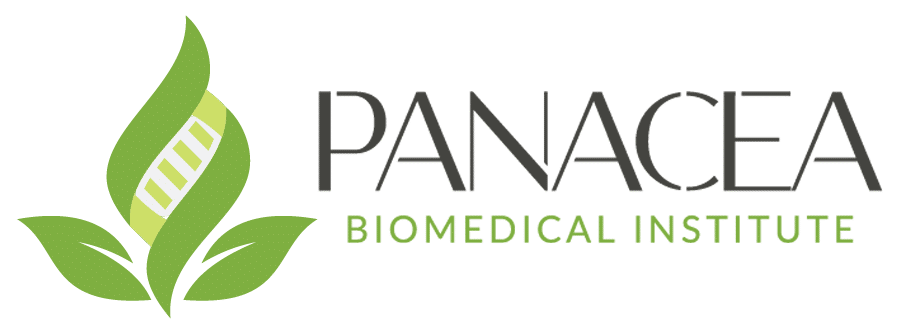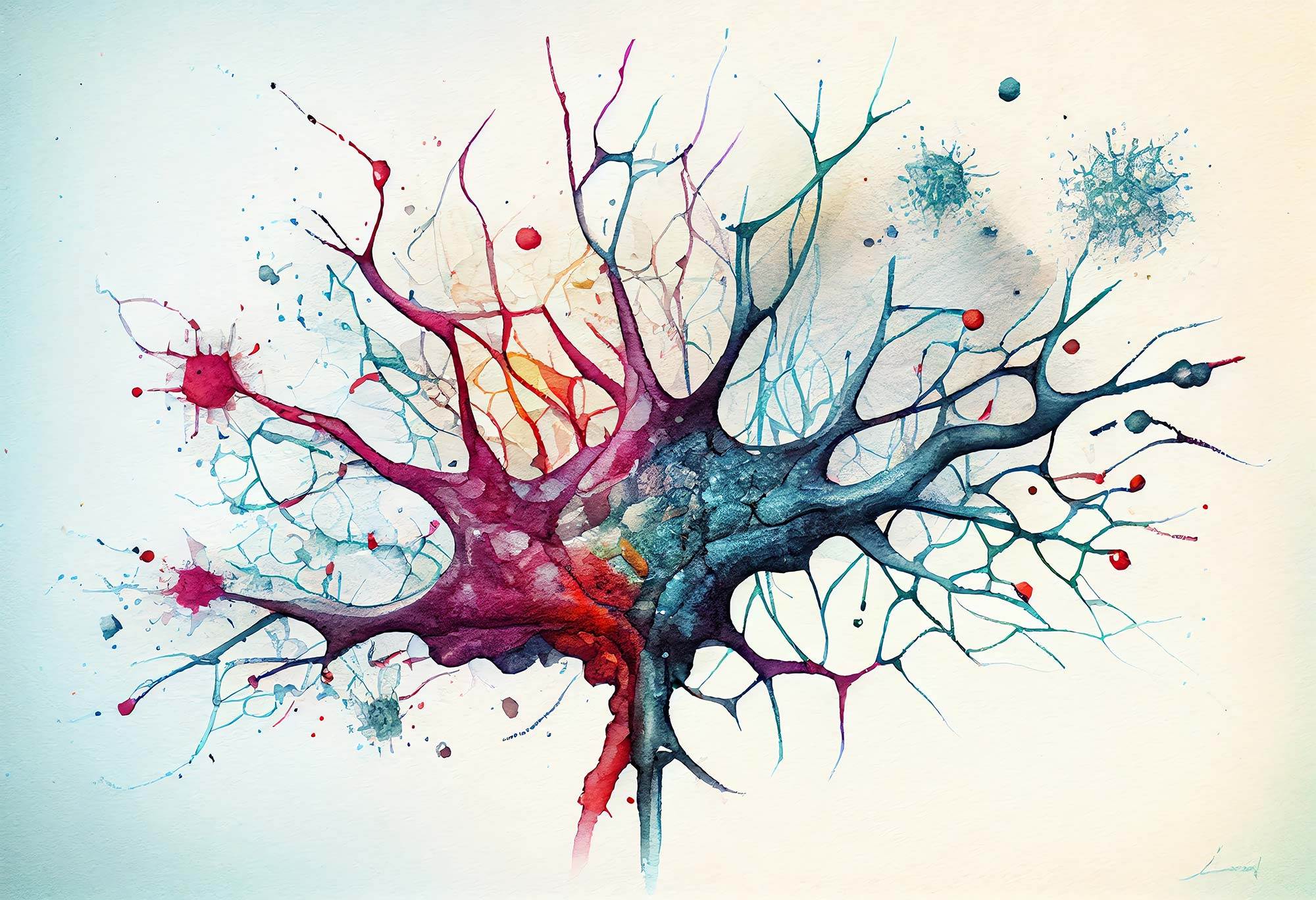“Neural therapy is a remarkably safe and simple method of addressing many medical complaints. Historically, it is taught in German and some Spanish-speaking country medical schools. Only limited numbers of US trained physicians are aware of neural therapy. Dr. Marcelo first learned about Neural Therapy from a Regenerative Medicine Externship she completed in Madrid, Spain. In the US, she later trained under Dr. Dietrich Klinghardt and Dr. Jeff Harris. She is a member of NAAT—North American Academy of Neural Therapy.”
Neural Therapy is a way of treating illness and pain caused by disturbances of the body’s electrophysiology. Such electrical disturbances, known as “interference fields”, represent cell membrane irregularity and trigger abnormal autonomic nervous system responses.
Every cell in your body is connected and governed by the autonomic nervous system. When trauma occurs to a part of your body, the autonomic nervous system increases circulation to the injured area. When this circulation fails to return to normal, interference fields occur. Cells in interference fields have an abnormal electrical charge on the cell surface. This results in abnormal signals being sent from the nerves to the brain. These signals then trigger abnormal autonomic nervous system responses.
Interference fields are found in scars, ganglia, teeth, organs, or any location where there is inflammation. Inference fields can even be located far from the part of the body experiencing symptoms. For example, an old gallbladder scar can cause shoulder pain; or a tooth extraction can lead to chronic low back pain.
At Panacea Biomedical Institute, we detect an interference field using applied kinesiology – muscle strength testing. Drawing your body’s attention to a disturbance causes a weakening in an indicator muscle. Simply touching a target scar, or a problem tooth may weaken the muscle suggesting the presence of the interference field.
If an interference field is identified, it can be treated by injecting it with a local anesthetic. Caine anesthetics are cell membrane stabilizers. The more common agent in neural therapy is preservative free procaine. By restoring cell membrane potential, procaine improves cell metabolism. The improved cellular metabolism allows toxins to leave the cells and nutrients to enter, thereby reducing pain. It also restores normal functioning of organs and energy flow.
History of Local Anesthesia and Neural Therapy
One of the first references for local anesthesia came from Spanish Jesuit Bernabe Cobo. In his 1653 manuscript on the New World, he wrote that native indigenous tribes alleviated toothaches by chewing coca leaves.
European explorers of South America brought back to their countries of origin the coca leaves that indigenous tribes chewed to provide immunity from pain, fatigue, and hunger. By 1860, chemistry experts isolated the cocaine alkaloid which stimulates the nervous system to produce such desired effects.
Around this time, Austrian Sigmund Freud began to experiment with cocaine. He had great success in treating chronic pain and anxiety. In 1883, Freud reported to his colleague, ophthalmologist, Karl Koller, that cocaine had both analeptic effects as well as anesthetic effect on the tongue and oral mucosa. Dr. Koller saw a potential for pain-free surgery using cocaine, and a year after, confirmed the use of cocaine as a topical anesthetic for the mucosa of the eye at a Congress of Ophthalmology in Heidelberg.
American ophthalmologist attending the Congress, Dr. Henry Noyes, published a letter in the New York Medical Records announcing Koller’s discovery. As a result, American surgeons, Halstedt, Hall and Hartley developed block anesthesia with cocaine with spectacular outcomes. However, the first major drawbacks of cocaine soon came to light: overdoses and dependence with repeated use.
On one hand, increased experience with cocaine resulted in successful local anesthesia for surgery; on the other hand, an increase in overdose deaths occurred. In 1895, Parisian surgeon, Jean Jacques Paul Reclus reduced the concentration of cocaine used for anesthesia from 20% to 0.5% solution, which avoided intoxication and even deaths witnessed by earlier cocaine use.
Meanwhile, in Germany, Dr. Carl Ludwig Schleich, was the first to observe that not only local infiltration of cocaine alleviated rheumatic symptoms during the anesthetized period, but also the rheumatic symptoms were alleviated for a long time thereafter or recurred only to a lesser extent. This method was refined and developed into the first part of neural therapy, namely segmental therapy (treatment with local anesthetic in a diseased segment).
The Birth of Procaine
In 1905, German chemist Alfred Einhorn developed the first local anesthetic with the same numbing qualities as cocaine, but without any toxic or additive effects.
By 1920, French surgeon Henry Leriche, demonstrated that surgical removal of stellate ganglion yielded the same results as a procaine injection into the stellate ganglion for therapeutic relief. He injected procaine to the stellate ganglion to treat pulmonary embolism, cerebral embolism, and vascular dyskinesias after injury or for various headache disorders.
In 1925, Dr. Ferdinand Huneke unintentionally administered what he thought was atophanyl, a drug used by another colleague to successfully treat rheumatic symptoms, into his migraine afflicted sister. Her migraine instantly resolved. However, during her next migraine episode, the injection did not work. What he didn’t know is that atophanyl also came in an intramuscular version which also contained procaine. He “mistakenly” used this mix the first time he injected his sister. After this realization, he decided to try only a procaine injection during her next migraine, and it worked.
The Discovery of the Interference Field
Ferdinand and his brother Walter Huneke, also a physician, began to use procaine injections to treat painful tissue structures, nerves, blood vessels, joints, and ganglia. In 1940, Dr. Ferdinand Huneke who previously was unsuccessful at treating a woman’s chronic left shoulder pain, saw her return to his clinic for a recurrent osteomyelitis (bone infection) of her right lower leg. He infiltrated the inflamed portion of her leg with procaine, and immediately thereafter, her left shoulder became completely mobile and pain-free, and her osteomyelitis soon resolved. The reaction suggested a connection between the two diseases.
Reversing the patient’s chronic shoulder pain was evidence that the inflammation of the right lower leg controlled the nerves involved in the left shoulder disorder. They coined the term “focal site” and introduced the concept of a “nerval interference field”.
Ultimately, the Huneke brothers’ discovery resulted in three ground rules:
- Any chronic illness may be due to an interference field.
- Any illness or injury can leave behind an interference field.
- Each interference field disorder is curable only by suppression of the interference field.
Term
The word neural was used to distinguish therapeutic use from the local anesthesia practiced only for surgical procedures starting in 1940 after the discovery of interference fields by Huneke. Neural therapy consists of two parts:
- Segmental Therapy: the use of local anesthetic in a diseased segment.
- Interference Field Therapy: therapeutic use of local anesthetic detached from the segment, depending on the location of suspected interference field.
Neural therapy can be applied subcutaneously, intramuscularly, intraarticularly and even intravenously. Neural therapy is very safe. Potential risks of neural therapy include:
- An allergic reaction to Lidocaine (the most commonly used anesthetic agent)
- Feeling faint for a few minutes after the injections due to the temporary lowering of the blood pressure caused by the local anesthetic.
- NOTE: hypotensive patients may not be a candidate
Neural therapy injections may can be uncomfortable but the pain lasts seconds. Most people describe the sensation as an intense mosquito bite.
At Panacea Biomedical Institute, the most common applications for neural therapy include thyroid nodules, musculoskeletal complaints, chronic fatigue, and emotional release due to interference fields found in old scars.

